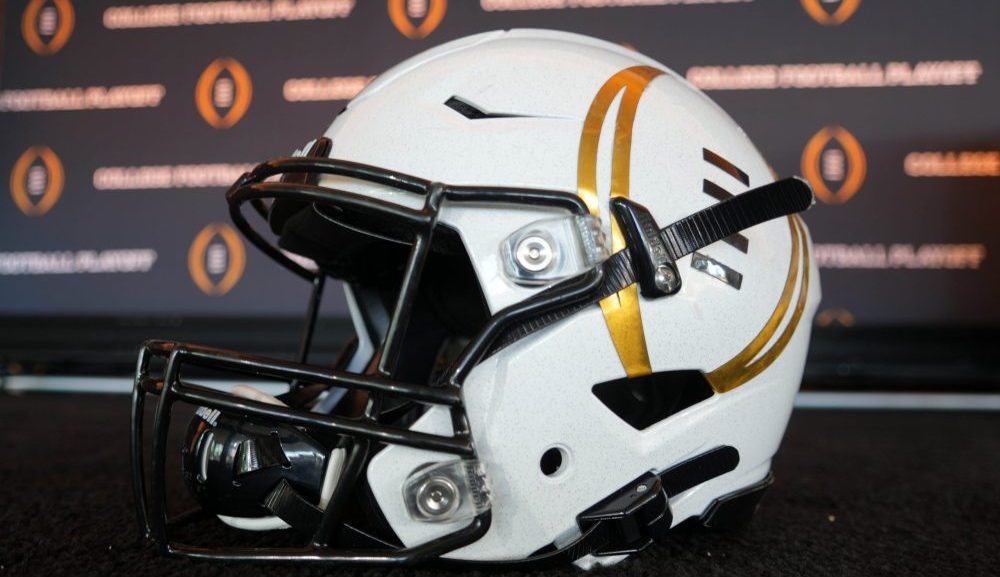
I really wasn’t even sure I wanted to see Moneyball. The book is still one of my all-time favorites and the thought of confining a complex book largely about guys crowding around computers and the awesome nerdery that takes place into two hours made me worried that they’d butcher the hell out of it. As soon as I heard Brad Pitt would be playing be playing Billy Beane, I imagined we’d be subjected to scenes of a shirtless Beane celebrating with the World Series trophy and maybe a sappy love story. I also was wary when I heard that Paul DePodesta did not want his likeness used in the movie and that his part would be a made-up character played by Seth from Superbad. Hearing Aaron Sorkin was one of the writers immediately helped restore some confidence that they might just not screw this one up.
Thankfully, the movie largely stays true to the book. While some things certainly are exaggerated and some of the things in the movie will certainly make the uber nerdy sabermatric community cringe, I feel like they still did get the heart of the book’s message through in the movie. But, there’s no mistaking that this definitely is a Hollywood movie.
The movie at its core is a traditional underdog story. It really only focuses on one year (2002) and the A’s are presented in the movie as a ragtag group of misfits that must overcome the enormous odds of losing Johnny Damon and Jason Giambi due to their severe economic disadvantage. Of course, the A’s still did have Zito, Hudson, Mulder and Miguel Tejada, but you’ll rarely hear their names in this movie. Still, it’s true the A’s payroll was usually 100 million less than their playoff foes and Beane shrewdly assembled them due to the economic realities he faced.
It’s really difficult to criticize this movie after having read and loved the book. For instance, my favorite part of the book dealt with the A’s drafting strategy and the Jeremy Brown story. But, like I said earlier, the movie spends the majority of its time in 2002 and there’s really no way to include the drama of that part of the book in this movie about a prospect who ultimately never panned out. That would have provided any cohesion to this story. Also, I wished more shine would have been given to Bill James who was the real mind behind the sabermetric movement in baseball… but again, it’s only two hours.
Bottom line
The movie is good. There’s a reason it’s at 94% on Rotten Tomatoes. It certainly reminded me of The Social Network, which was also written by Sorkin. And amazingly, it’s Jonah Hill who provides the standout performance in a movie with Philip Seymour Hoffman and Pitt. It’s also mindblowing that Scott Hatteberg would be a major character in a critically acclaimed movie.
For those who have read the book and still get in heated internet arguments about sabermetrics… I’d still recommend it. You’ll certainly cringe at the part of the movie where there is a montage of walks and how simplified such a complex system they make it out to be. But it’s still a good baseball movie that doesn’t treat the viewer like a fool.
If you follow baseball closely but have not read the book… The book is much better. Do that, first.
If you are just a casual fan… I still recommend it. I went with someone who certainly couldn’t tell me anyone on the A’s roster and they loved it. They kept asking me questions about how true everything was in the movie, and to the movie’s credit it really doesn’t stretch the truth too glaringly.
If you are a Brad Pitt fan… No shirtless shots, but we do get multiple workout montages. Unfortunately he spends much of the movie carrying a cup with his dip spit in it.
I’ve also seen multiple arguments from people on the merits of such a movie even being made, let me throw my six cents in.
In my opinion, baseball is perhaps the most unique professional sport in that it doesn’t have a salary cap. This creates a very obvious situation where we have the haves and the have-nots that compete at a wild disadvantage. There really are few things in sports that I find as satisfying as a complete underdog humbling a team full of higher-paid players. The A’s have made the playoffs 5 times and had an 8 year stretch from 99-06 where they won 94 games a year. My team, the Detroit Tigers, has only won 94 or more games 3 times and made the playoffs 3 times (soon to be 4!) in my 27 year life and they do not operate at nearly the economic disadvantage the A’s consistently have had under Beane. Plus, it’s always refreshing to me to hear a baseball story that isn’t about the Yanks or Sawks.
I’ve heard many ask what did the A’s accomplish that the Twins or Rays have not? And this is true, but I will say that if anyone decided to write a story about how these teams consistently overcame the odds and their story, I’d instantly be eager to see it. What the A’s story had that others did not is this new way of analyzing baseball players that myself and so many others found fascinating. It took a sport that is so stat obsessed and completely altered the way that so many think about evaluating a player’s worth. Personally, I’m somewhere in the middle on the sabermetric debate, but I love hearing the arguments on both sides. I always loved baseball, but I really credit this new era of stats in a sport that is so steeped in tradition. Moneyball made baseball seem fresh to me.






